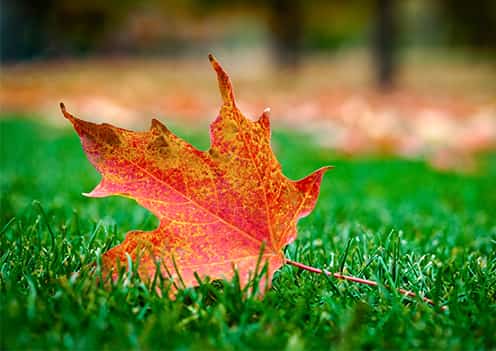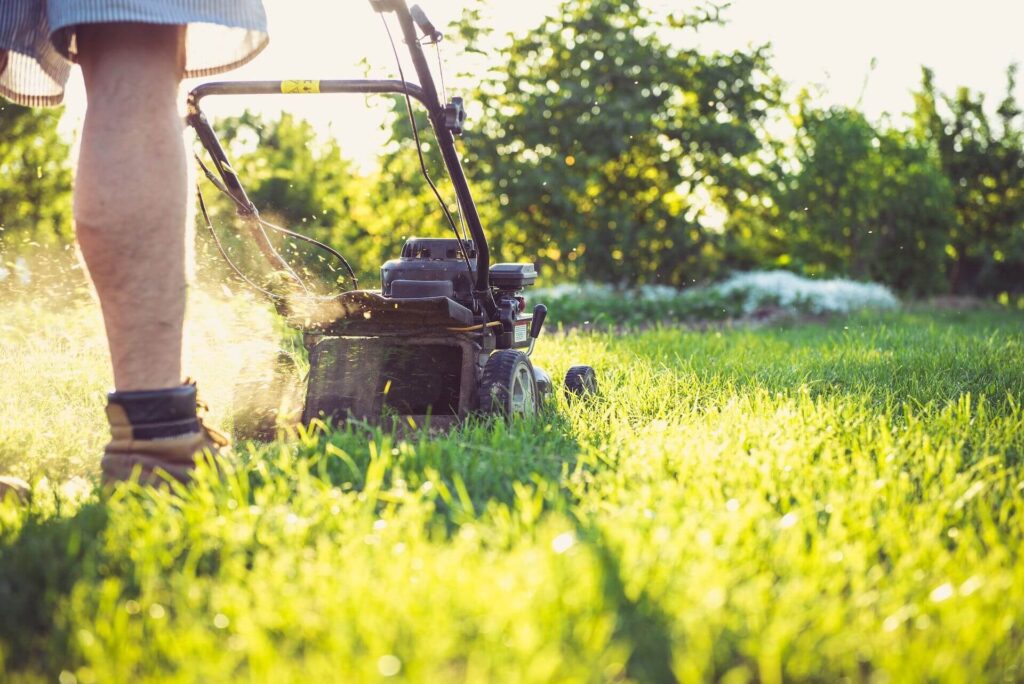Fall is the perfect season to take care of your lawn. Learn the best practices to keep your lawn healthy and beautiful.
Why Fall Lawn Care Is Important
Fall is a crucial time for lawn care. The weather is cooler, and there’s more rain. This helps grass grow strong roots before winter. Good fall lawn care sets the stage for a lush, green lawn in the spring.
Essential Fall Lawn Care Steps
Follow these steps for a healthy lawn in the fall:
- Rake the Leaves
- Aerate the Soil
- Fertilize Your Lawn
- Seed Bare Spots
- Water Wisely
- Control Weeds
- Mow the Lawn
Rake the Leaves
Leaves can smother your grass if left on the lawn. Rake them up to keep your lawn healthy. This also prevents mold growth. You can use the leaves as mulch for garden beds.
Aerate the Soil
Aeration helps the soil breathe. It allows water and nutrients to reach the roots. Use a lawn aerator to poke holes in the soil. This will improve your lawn’s health and growth.
Fertilize Your Lawn
Fall is a great time to fertilize your lawn. Fertilizer provides essential nutrients. These help grass grow strong roots before winter. Choose a fertilizer with a high phosphorus content. This promotes root growth.
Seed Bare Spots
Look for bare spots in your lawn. Seed these areas to promote even growth. Use a seed mix that matches your lawn type. Water the seeds regularly until they sprout.
Water Wisely
Watering is still important in the fall. Grass needs about one inch of water per week. Water deeply but less often. This encourages deep root growth. Avoid over-watering to prevent mold.
Control Weeds
Weeds can take over your lawn if not controlled. Use a weed killer that is safe for grass. Apply it in the fall to prevent weed growth in the spring. Pull out any large weeds by hand.
Mow the Lawn
Mowing is still important in the fall. Keep your grass at about 2.5 to 3 inches tall. This height is ideal for root growth. Avoid cutting more than one-third of the grass blade at a time.

Credit: weedman.com
Additional Fall Lawn Care Tips
Here are more tips to keep your lawn healthy:
- Test your soil’s pH level
- Remove lawn debris
- Edge your lawn
- Prepare your mower for winter
Test Your Soil’s pH Level
Soil pH affects grass growth. Test your soil’s pH level in the fall. You can buy a soil test kit at a garden center. Most grasses prefer a pH between 6.0 and 7.0. Adjust your soil’s pH if needed.
Remove Lawn Debris
Debris like sticks and rocks can harm your lawn. Remove debris to keep your lawn clean. This also makes mowing easier. Check your lawn regularly for debris.

Credit: jricklawn.com
Edge Your Lawn
Edging creates a clean look for your lawn. Use a lawn edger to trim the edges. This helps keep grass from growing into garden beds. It also makes your lawn look neat and tidy.
Prepare Your Mower for Winter
Winterize your lawn mower to keep it in good condition. Clean the mower and remove any grass clippings. Sharpen the blades and change the oil. Store the mower in a dry place.
Frequently Asked Questions
What Are The Best Fall Lawn Care Practices?
Aerate your lawn, fertilize, remove leaves, and mow regularly for healthy grass.
How Often Should I Aerate My Lawn?
Aerate your lawn once every fall to alleviate soil compaction.
When Should I Fertilize My Lawn In Fall?
Fertilize your lawn in early fall for optimal nutrient absorption before winter.
Should I Water My Lawn In Fall?
Water your lawn deeply once a week if there is no rainfall.
Conclusion
Fall lawn care is essential for a healthy lawn. Follow these practices to keep your lawn beautiful. Your lawn will thank you in the spring!
